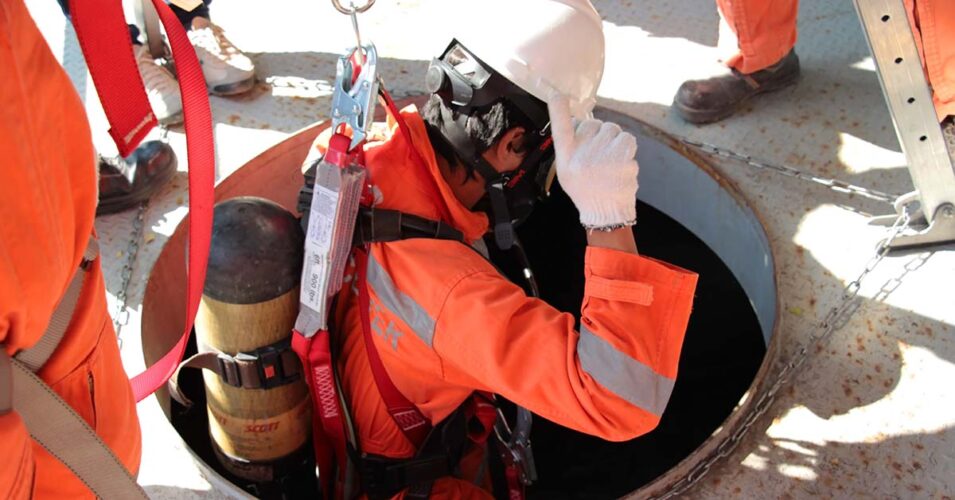Confined space entry is a hazardous job task that requires specialized safety training. The Occupational Safety and Health Administration has published a general industry standard and a construction industry standard for engaging in confined space work.
OSHA confined space entry training teaches workers about identifying and understanding their responsibilities, limitations and proper procedures in confined spaces. The course includes atmospheric testing, personal protective equipment and entry procedures.
Atmospheric Testing
Atmospheric testing is one of the most important parts of osha confined space entry training. It identifies hazards and determines the level of oxygen that is required to make a space safe for employees to enter.
The test results are evaluated by a competent person, who then records the data and certifies that the space is free from hazardous atmospheres or potential hazardous atmospheres. The results are used to develop appropriate permit entry procedures and acceptable entry conditions.
Atmospheric testing is usually carried out using equipment that can detect chemicals at levels well below exposure limits. This enables the evaluation of any chemical hazard in the atmosphere and helps determine how to eliminate those hazards.
Personal Protective Equipment
osha confined space entry training requires a variety of personal protective equipment, including fall protection, gas detection, respiratory protection and head protection. PPE is a crucial part of preventing accidents, keeping workers safe and even saving lives.
Confined spaces can be found in many workplaces. These include underground vaults, tanks, storage bins, manholes, pits, silos, process vessels, pipelines and many other types of hazardous environments.
These areas are not designed for people to work in, and there’s a high risk of injury or death when working in one. This can be due to the lack of air ventilation, the presence of dangerous chemicals and a multitude of other hazards.
OSHA confined space entry training teaches employees how to identify and evaluate confined spaces, and determine the procedures that should be used in these areas. It also discusses the use of proper rescue techniques.
Entry Procedures
The osha confined space entry training course covers multiple entry options for permit spaces, atmospheric testing procedures and ventilation procedures. The course is designed to make sure all workers know the proper guidelines before entering a confined space.
Among these procedures is the use of personal protective equipment (PPE). This includes self-contained breathing apparatus, ear protection and eye protection.
These items must be worn at all times inside the confined space and may not be removed without an authorized entrant’s consent. PPE must also be stored properly after use to prevent deterioration and re-contamination.
The osha confined space entry course also covers emergency situations and how to respond quickly to them. For example, the attendant or entry supervisor can call the entrant to evacuate as soon as they recognize an unsafe condition, an evacuation alarm is activated, or they suspect the entrant is experiencing a serious health hazard.
Rescue Procedures
Confined spaces can pose serious health and safety hazards. For this reason, the OSHA requires confined space entry training for employees in all general industry worksites and construction industries.
Rescue procedures are a critical part of confined space entry training. They ensure that rescuers will be equipped with the proper PPE and equipment for the specific confined space.
The confined space may have obstructions or hazardous materials that make it more difficult for rescuers to enter and maneuver within the space. These include large equipment brought into the space for work purposes, ducts and pipes.
Before the confined space is entered, safety professionals must survey openings to determine the configuration of the room and how much room is available for workers and rescuers. This information will help safety professionals create a plan that is safe for everyone.

